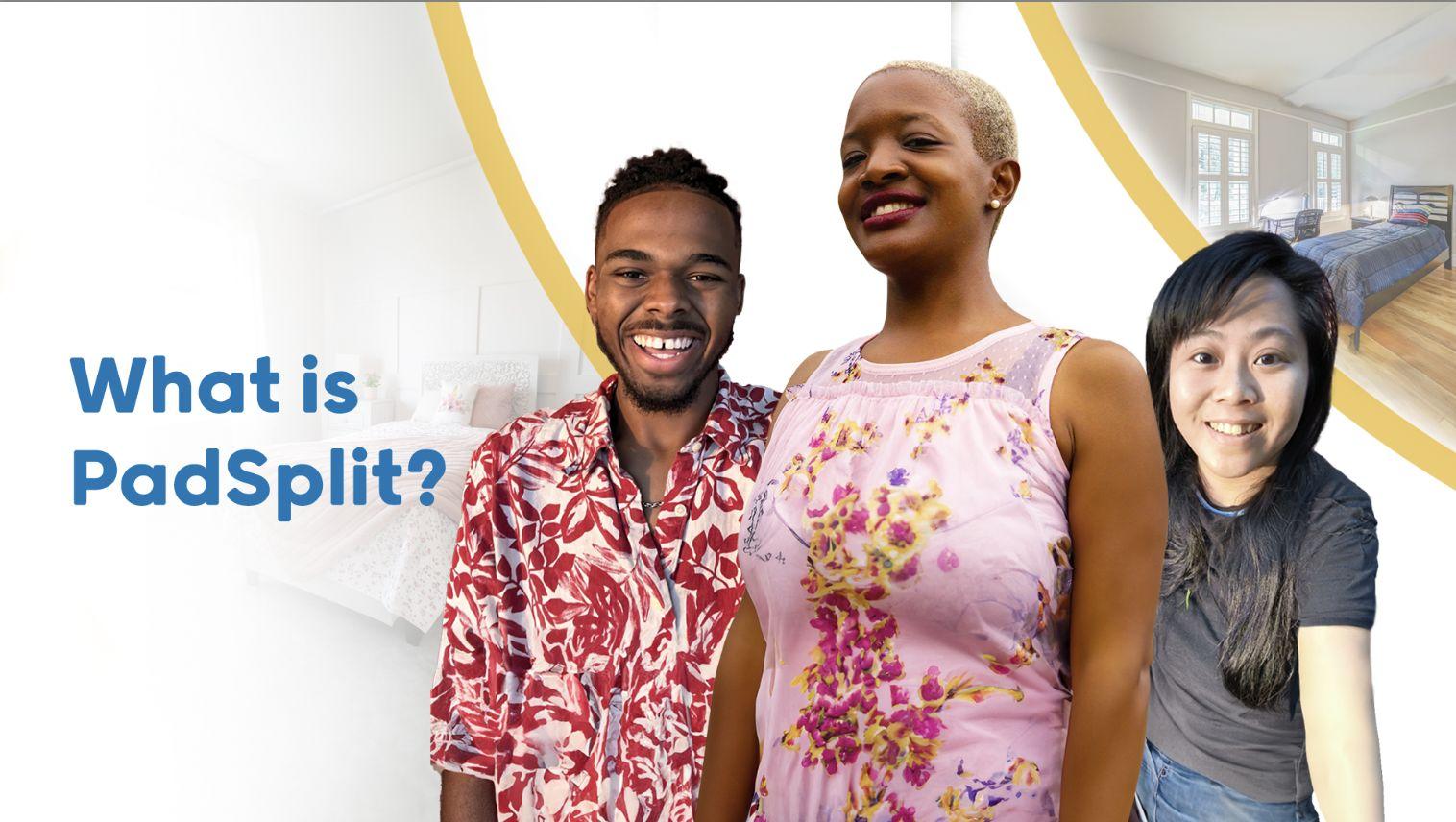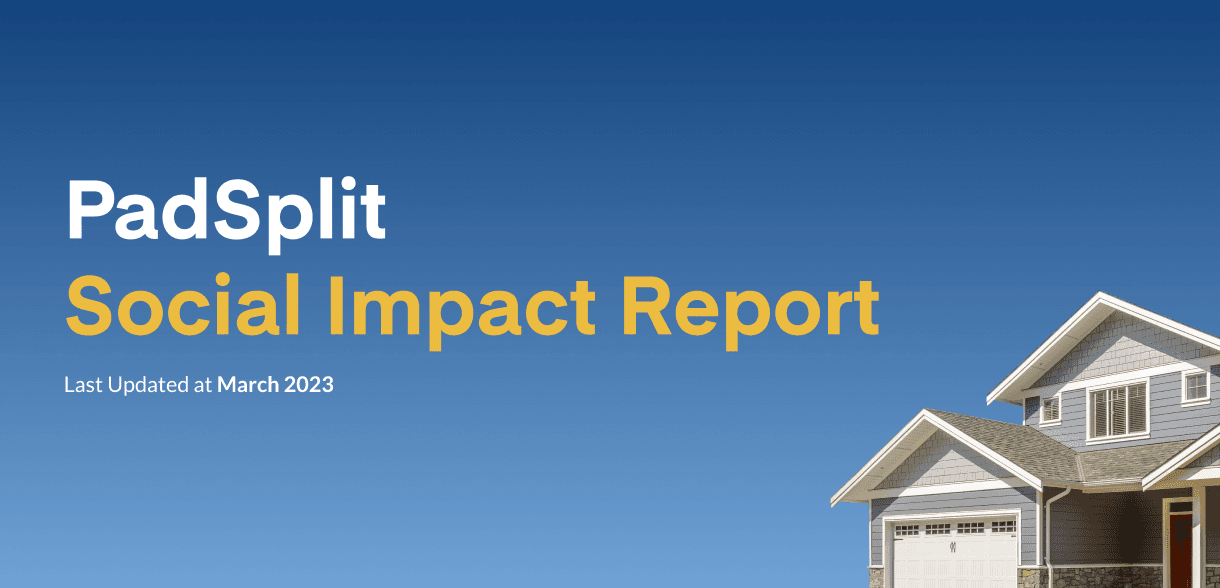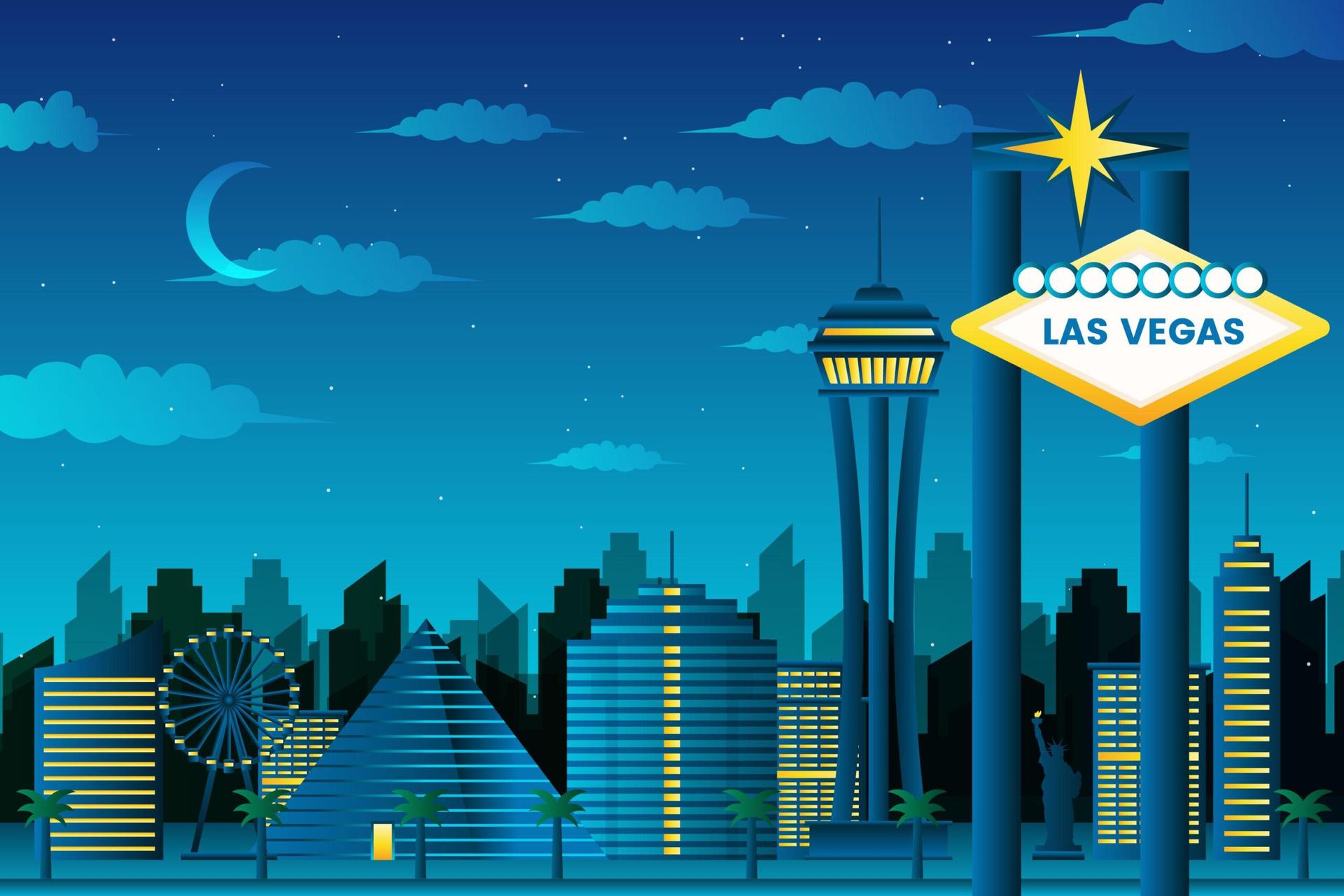And black communities have historically been waiting too long for the key.
Wealth is built and shared with generations over time. It accrues and compounds as families have access to vital contributors like education, career opportunities…and housing. Real estate appreciates and that value gets inherited.
The same is true for poverty. Debt and lack of opportunities compound as accrued loss is passed on to successive generations, creating a cycle of poverty. Climbing out of this financial sinkhole is an act so huge, it’s hard for many to attain.
So what happens when the gateways to creating wealth are systematically slammed shut? When the chance to invest in families and futures is blocked?
The race-based housing divide
One discriminatory practice called “redlining” was a tactic to keep neighborhoods racially segregated by denying financial assistance to black Americans.
After the Great Depression, a federal program called the New Deal was established to stimulate a shattered economy in part by offering home-buying aid to Americans…but only white Americans. This denied black Americans access to the same “American Dream” – a dream that started with housing.
The term “redlining” comes from the actual red lines made on maps to identify predominantly black neighborhoods as “hazardous” and used to actively deny lending and investment services to black Americans starting in the 1930s.
The Federal Housing Administration not only focused on assisting prospective white homeowners, its policies actively sought to insure mortgages in white neighborhoods that would remain white. This meant new construction (which increases property values, quality of life, and local economy) was supported in white neighborhoods, while builders who proposed new housing in predominantly black neighborhoods would be actively denied insurance.
The redlining effect still persists today
The shadow cast by these discriminatory practices is long. This historical act of segregation and financial withholding still has a profound, lasting impact on black neighborhoods and market values despite laws like the Fair Housing Act of 1968. In fact, look at city maps with an overlay of housing values and demographic patterns and you will see the echoes of redlining ringing throughout.
In 2020, the Census Bureau reported that:
- Only 44% of black people are homeowners, dwarfed by the three-quarters of white home-owning households.
- Black people are also more likely to take on more debt to purchase homes, strapping them down with increased liabilities.
- Black people who do own homes have the lowest median incomes of all races, and their homes are worth the least.
These laws continue to keep low-income people of color out of higher-income, lower-density housing — and farther away from work, school and opportunity — preventing them from accruing generational wealth in the first place.
Providing accessible, affordable housing is the path forward
PadSplit helps address this systemic inequality that prevents generational wealth and class mobility by being intentional about two things: increasing the housing supply and decreasing barriers to access.
Our affordable shared housing model creates more stable housing for marginalized populations (70% of our members self-identify as black) that gets them closer to the urban core where more opportunities exist, while also allowing members to catch their breath financially.
Building wealth through shared housing
One innovative strategy we use is to include all living costs in a single membership payment. By tying billing cycles directly to each resident’s pay period and baking every fee into one payment, payments are much more likely to be made on a consistent basis which helps create continuity of housing.
The result is that people can meet their financial obligations (and build credit) without worrying about chasing down multiple payments as they secure their revenue streams. Through our shared housing model, 89% of our members say they save money and see an average savings of $333 per month by living in a PadSplit.
To effectively level the playing field, we need to create more opportunities like this that allow people to move forward. We need to continue to remove barriers to economic prosperity and understand that the racial wealth gap is fundamentally a housing wealth gap. Because in truth, the gateways to housing need to be kept open – and everyone should hold the key to a better future and financial freedom.


